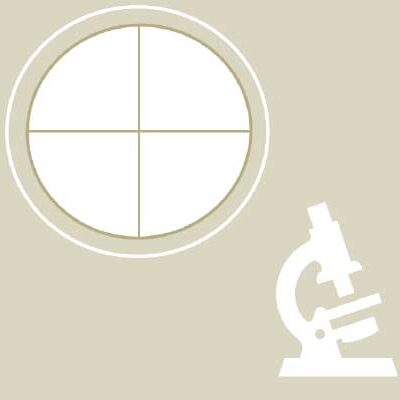
Procedural and Surgical Dermatology
Mohs Micrographic Surgery for Skin Cancer
- Mohs surgery (named after its inventor Dr. Fred Mohs) is a minimally invasive procedure performed under local anesthesia and is used to remove skin cancers in cosmetically important locations.
- This technique is mainly used for basal cell and squamous cell carcinomas on the face, scalp, neck, hands, fingers, feet and genital area or for larger more complex tumors on other parts of the body. The aim is to remove as little normal tissue as is necessary to remove the cancerous tumor while sparing normal surrounding skin and important anatomical structures. For this highly specialized technique, Dr. Boker removes the cancerous growth, examines the skin margins using a microscope, and reconstructs as needed to minimize the impact of the excised cancer.
- For this highly specialized technique, Dr. Boker functions as surgeon (to remove the cancerous growth), pathologist (examining the skin margins using a microscope) and plastic surgeon (reconstructing the resulting defect).
- It is mainly used for basal cell and squamous cell carcinomas on the face, scalp, neck, hands, fingers, feet and genital area or for larger more complex tumors on other parts of the body.
- Dr. Boker is a fellowship trained Mohs surgeon and has over 10 years experience performing this procedure.
How long is the surgery?
- The surgery part of it (removing the cancerous tumor) is fairly quick and is performed under local anesthesia.
- After the initial removal (called a “first stage”) a technician will take about 30 minutes cutting, staining and preparing the removed tissue for Dr. Boker to examine under the microscope.
- If the margins appear clean and no more residual skin cancer cells are seen the procedure is considered complete. After this, Dr. Boker will discuss options to repair the defect left by the removal. This may involve letting your own body heal and fill in the defect, stitch it side by side or performing complex plastic surgery maneuvers to cover the defect with skin from adjacent (flaps) or distant (grafts) sites.
How long is the surgery?
- Most people only feel an initial prick and burn form the local anesthetic
What is the success rate?
- Due to direct, real-time examination of the tissue while you wait in the office, the Mohs technique offers the highest cure rate for skin cancer (99%).
© 2021 NEW PRESTON DERMATOLOGY - HIPAA
